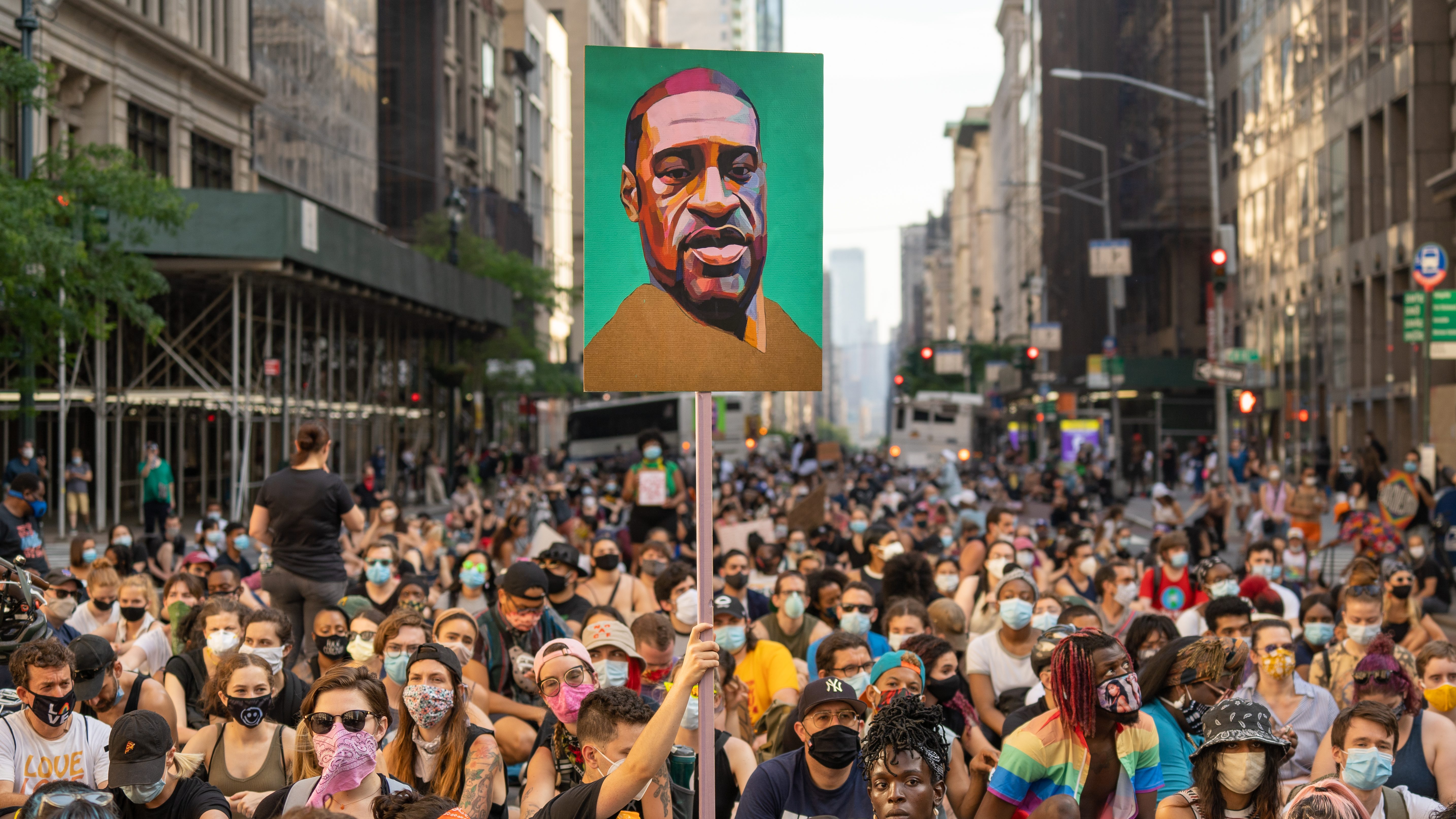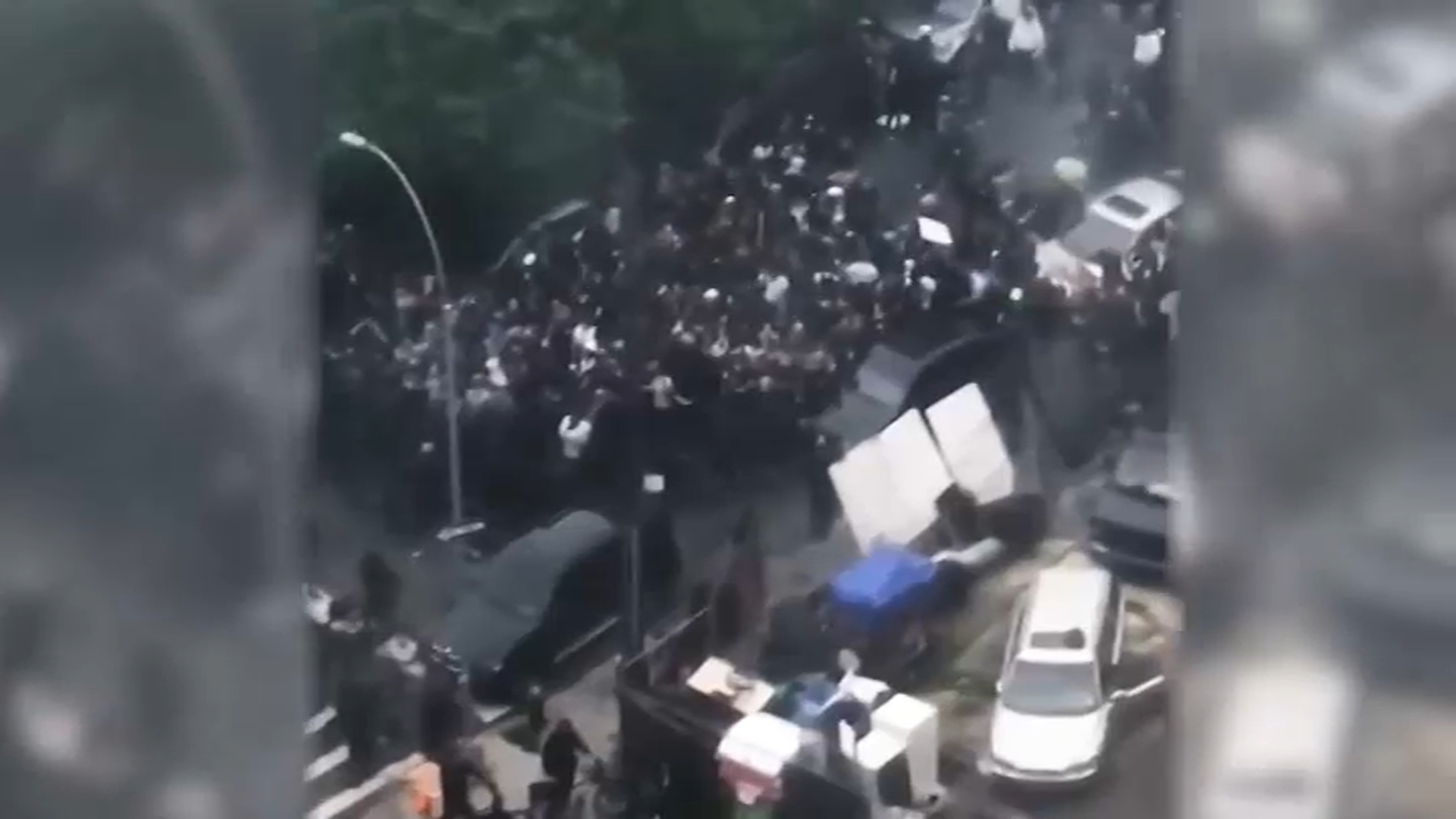Before New York City agreed to pay a historic $13 million settlement to be split among hundreds of people arrested during the racial justice protests of 2020, civil rights lawyers had to contend with a nearly insurmountable task: How to sift through more than 6,000 videos depicting hundreds of hours of the NYPD’s protest response?
To analyze a multimedia record so voluminous, the lawyers turned to SITU, a small video analytics firm headquartered in the Brooklyn Navy Yard. There, the team of researchers developed a software tool that geolocates video clips — including NYPD bodycam videos, activist cell phone videos, and even aerial videos take from NYPD helicopters.
Once plotted on a 3D map, the thousands of pieces of media are placed on a shared timeline — allowing analysts to search for patterns in physical space and time. And allowing them to answer key questions.
Get Tri-state area news and weather forecasts to your inbox. Sign up for NBC New York newsletters.
Which protests, in which neighborhoods, were more likely to be characterized by heavy-handed tactics like use of batons and pepper spray? Where and when did mass arrests take place? And what kinds of barriers — human or physical — may have prevented demonstrators from dispersing when told to do so by police?
Bradley Samuels, a founding partner at SITU, says his research team worked for weeks to identify geographic clusters of alleged police misconduct and also alleged patterns of unconstitutional arrests that persisted in multiple boroughs across several days.
“In this case it was really important to demonstrate the systemic and widespread nature of the misconduct,” said Samuels.
This week, rather than go to trial, lawyers for New York City agreed to pay just shy of $10,000 to each of approximately 1,300 protesters arrested by the NYPD in late May and early June of 2020.
Wylie Stecklow, one of the attorneys representing the protesters, said he believed the settlement, which totals about $13 million, is the largest payout to a single class of protesters in U.S. history.
"When people do take to the streets and they put their bodies on the line and they’re out there protesting to raise the voice of an issue about an ill of our society, I think this sends a message that there are civil rights lawyers here who are going to help pick you up when the police knock you down,” Stecklow said.
One of the alleged patterns of police misconduct discovered in the video analysis was a tendency for higher ranking officers to ask subordinates to sign off on a protester’s arrest — even though the officer may not have witnessed that particular protester’s conduct. In some cases conversations about these so-called “handoff arrests” were accompanied by discussion of turning off body-worn cameras.
For example, on June 1, 2020, after a mass arrest of protesters near Radio City Music Hall, a supervising officer could be seen telling bicycle cops to turn off their cameras. Around the same time, other videos show an officer asking “I don’t know whose [arrest] this is?” The voice of another officer replies, “It’s yours, [for] unlawful assembly.”
In another mass arrest in Brooklyn, an officer expressed confusion to his supervisor about the type of charge a protester is to be arrested for.
"Wait, is this a collar? Or is this a summons?” the officer asks.
"It’s a summons. It’s resisting arrest," the supervisor replies.
"I’m taking the collar?" the officer asks.
The supervisor then answers, “Yeah. Do you want to turn your camera off and have a conversation? This is what happens at these events."
The NYPD did not immediately respond to the I-Team’s request for comment on allegations in the class action lawsuit. In court filings, attorneys for the city argued the NYPD does not have a pattern of unconstitutional policing.
When asked about the allegations in the class action lawsuit, the NYPD referred NBC New York to the city's law department. The I-Team is still awaiting comment from that office.
The settlement itself does not include any admission of wrongdoing by the NYPD it must be approved by a federal judge before any protester is paid.
Savitri Durkee, one of the plaintiff protesters, praised her lawyers and the video sleuths who helped them build their case. Despite that, she was not optimistic about the prospects of NYPD reform.
“This settlement, which is historic and does send a message across the country that we have the right to protest,” Durked said. But she added, “it doesn’t address the injustice that we were protesting in 2020. It just addresses our right to protest.”
Dara Pluchino, another of the arrested activists, said she hopes the size of the settlement encourages citizens to reconsider the kind of policing their tax dollars are paying for.
“This monetary settlement reflects the reality that the misconduct by the NYPD alleged in this case, which is tolerated and condoned at the highest levels of the City government, harms people and communities who are simply engaging in their constitutional rights of free expression,” Pluchino said. “The brutal response to these protests further risks deterring people from engaging in protected speech.”



